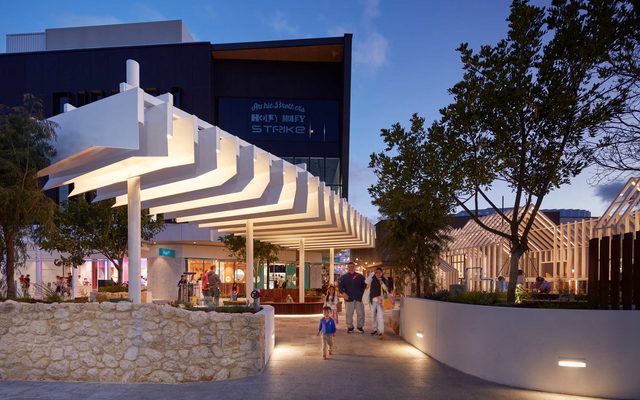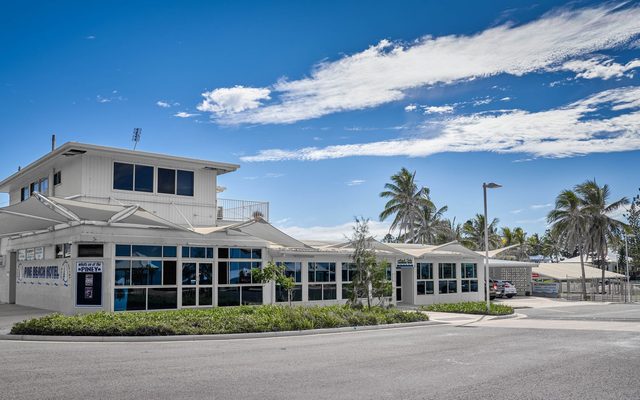This article is from the Australian Property Journal archive
BRISBANE has joined Sydney and Melbourne in the global top 10 list for cities with the most expensive prime retail rents. However the super high rents are becoming a barrier of entry for new entrants, according to CBRE.
The limited supply of prime space ensured rent levels remain elevated across Asia Pacific, particularly in Sydney, Melbourne, Beijing and Tokyo, according to CBRE.
Sydney came in fifth position with $US1,018 per sq ft or $AU10,525 per sqm as demand from international retailers, especially from the US, remains high with many new brands set to enter the market in 2013.
Melbourne in seventh position with $US851 per sq ft or $AU8,800 per sqm. Whilst Brisbane climbed from 11th to ninth with $US739 per sq ft or $7,645 per sqm.
CBRE regional director retail services Josh Loudoun said thanks to strong turnover and a limited supply forecast for Brisbane’s Queen Street Mall, prime rents as measured in local currency jumped 15% quarter-over-quarter.
“Not only has Brisbane’s mining and other natural resources sectors supported the local economy, population growth for the market as a whole is also serving to boost expectations for future retail growth prospects. As such, growth in its retail sector, in terms of turnover and rental growth is expected to continue in line with the current trend,” he added.
Loudoun said the overall Australian retail market had been buoyed by continued interest from international retailers, however what was more encouraging was the return of occupier demand from domestic retailers.
“We attribute this to a few key factors, including the fact that annual retail sales growth is back in line with longer term averages. Retailers are reporting far greater consistency in sales and this providing a base level of confidence not seen since 2010.
“Last week’s interest rate cut will further support consumer spending as will the uplift in inbound tourism, particularly from China, given the growing affluence of middle class Chinese and their affinity for high end retail,” he continued.
Loudoun said vacancy rates in “super prime” retail markets in Australia’s capital city markets remained extremely low with only one to two new leases being signed in any 12 month period.
“This lack of supply is what creates competition among the handful of retail categories that can sustain the high occupancy costs in the super prime market,”
However, Loudoun noted that Australia’s high, super prime rents were the major barrier for new market entrants.
“Many international brands find that our high occupancy costs combined with the fact that we have some of the highest labour costs in the world, mean that Australia’s super prime markets are not viable.
“We have seen this with groups like Hollister choosing to target shopping centre locations and with Top Shop opening on Chapel Street, Melbourne and Williams-Sonoma opening its first Australian store at Bondi Junction in Sydney,” Loudoun said.
Globally, Hong Kong remains on top, recording prime rents nearly 150$ higher than New York and more than 400% higher than London, Paris and Sydney – at $US4,328 per sqft.
New York was in second place with $US2,970 per sq ft followed by London with $US1,053 per sq ft and Paris with $US1,050 per sq ft.
CBRE’s global economist Raymond Torto said while markets such as Hong Kong, New York, London and Paris did not record increases in prime rents this quarter, these cities have exhibited resilience due to international retailers continued longer-term strategic expansion strategies which feature a distinct preference for prime space in the best locations in these markets.
“Prime retail rents across the most expensive global markets have held firm against a backdrop of scarce supply and preference for prime space.
“Despite subdued retail sales growth and strained consumer sentiments, international retailers remain focused on long-term growth strategies that have resulted in store expansions across many key global markets such as New York, London and Moscow. However, at the current high levels, retailers are considering “off” prime or secondary locations and showing a reluctance to pay record high rates,” Torto concluded.
Property Review



